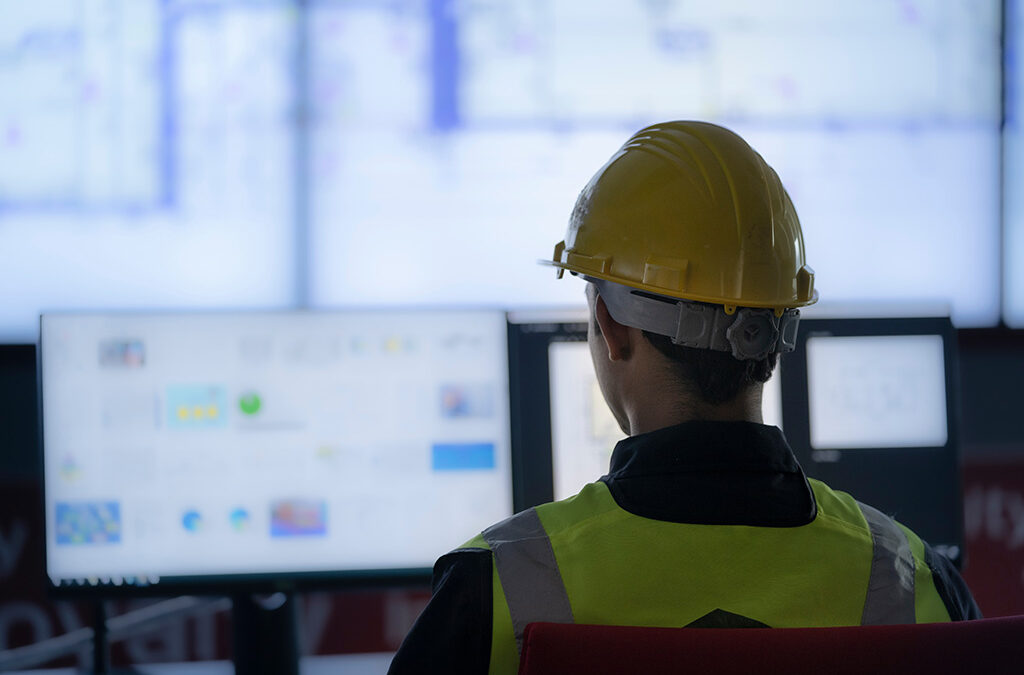
Discover effective strategies for overcoming resistance to change when implementing electronic permit-to-work systems in industry. Improve safety and efficiency with our insightful guide.
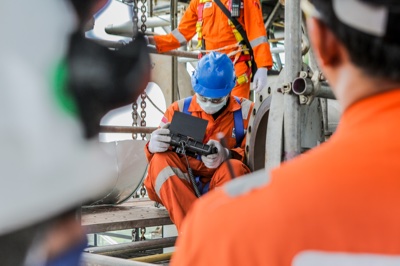
The job risk assessment (JRA) is a structured methodology that looks at the steps that will be needed to complete the job, the specific hazards associated with each step, the associated risks and the controls necessary to work safely.
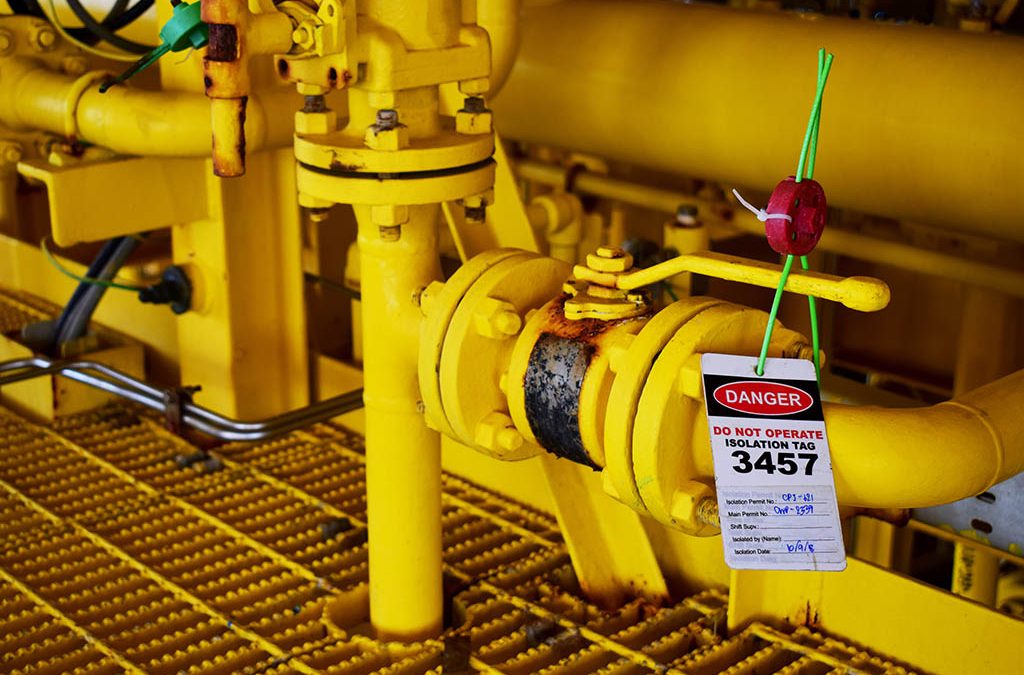
To prevent accidents all equipment being worked on needs to be isolated from any potential energy source that could cause harm.
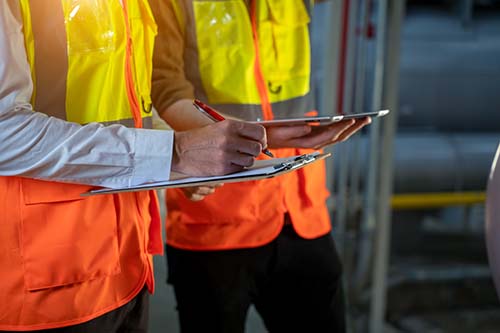
A permit to work is the control document that describes the work that is to be done, the hazards identified, the precautions to be taken and the personal protective equipment that must be used. The permit also contains details of all the isolations that need to be in place.
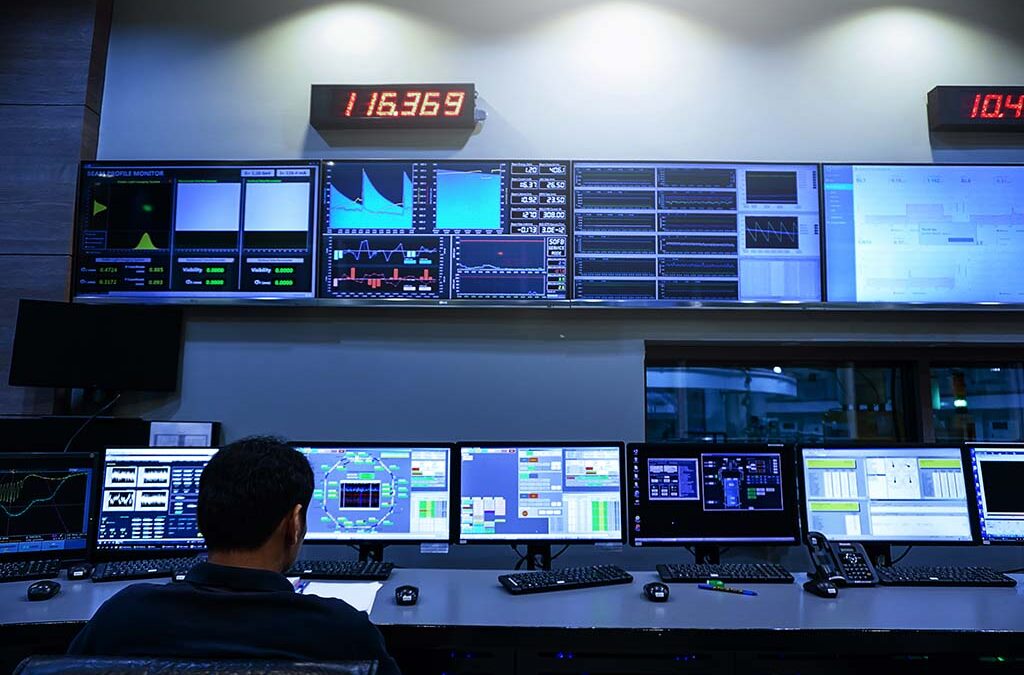
One of the benefits of a digital safety system is being able to use the data to gain better safety-related insights. But how many companies take the step of analysing their safety data, let alone turning it into tangible action plans?

Both the permit to work and the job risk assessment are critical procedures designed to ensure that work takes place safely. We explain the differences and why both are necessary.






